South American Art Flashcards
1/27
Earn XP
Description and Tags
Flashcards covering key artworks and concepts from a lecture on South American art history, focusing on colonial and post-colonial periods.
Name | Mastery | Learn | Test | Matching | Spaced |
|---|
No study sessions yet.
28 Terms
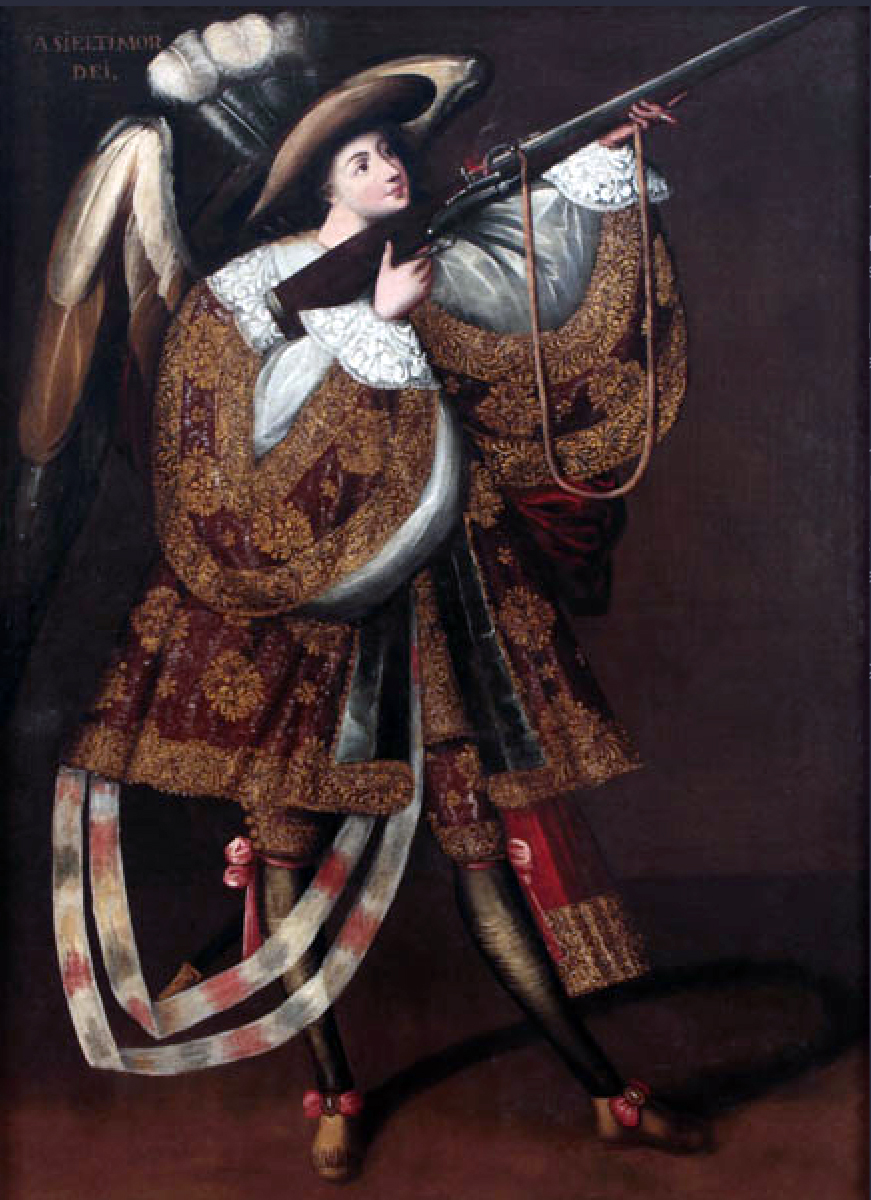
Archangel with Gun
Painting from the late 17th through the 19th century in the viceroyalty of Peru depicting androgynous angels carrying a harquebus. The name of the angel in 'Archangel with Gun, Asiel Timor Dei' and a particular quality the angel possesses.
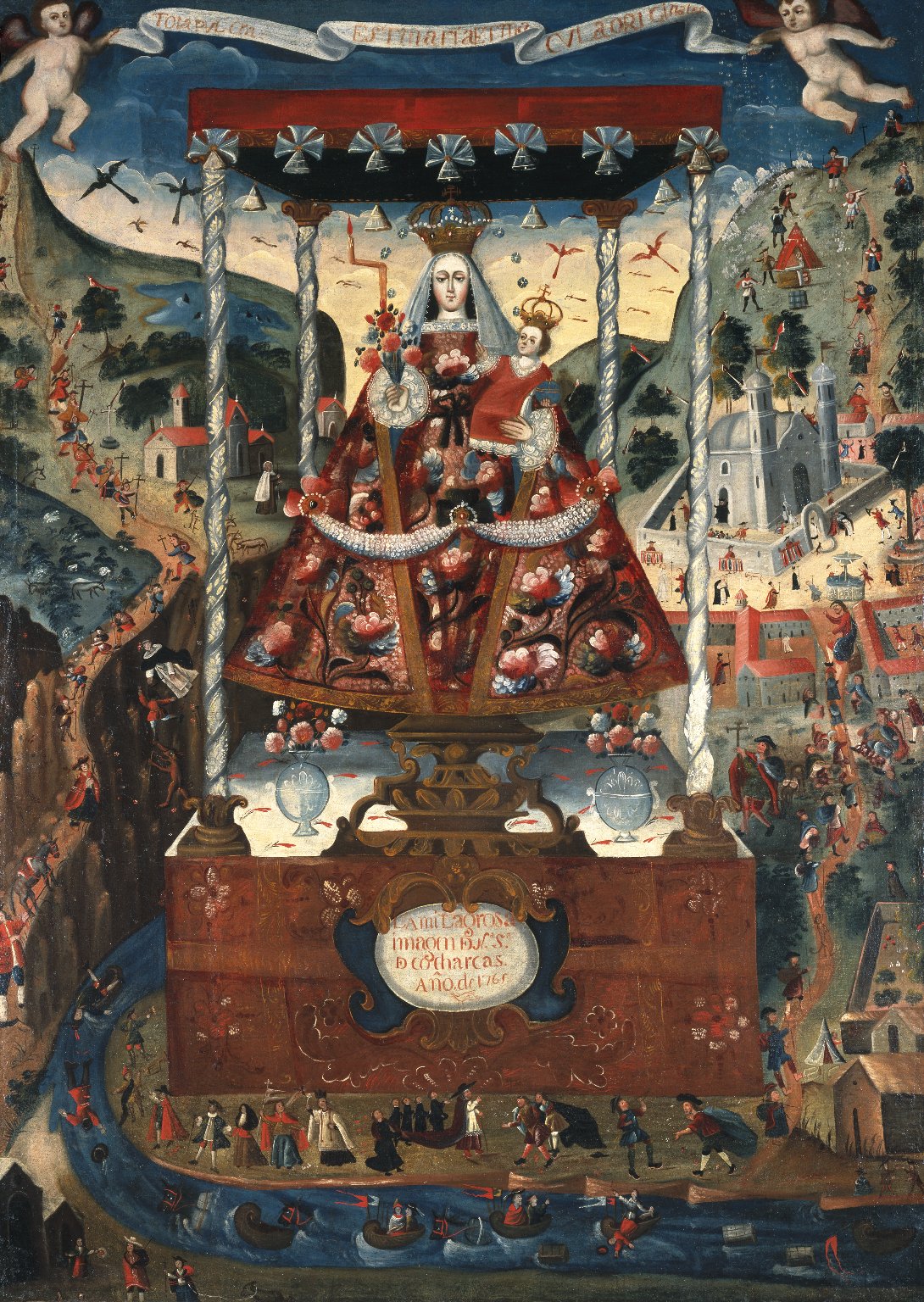
Our Lady of Cocharcas
An eighteenth-century painting that depicts the Virgin within an elaborate canopy, commemorating the inauguration of the Sanctuary of Our Lady of Cocharcas in 1623.
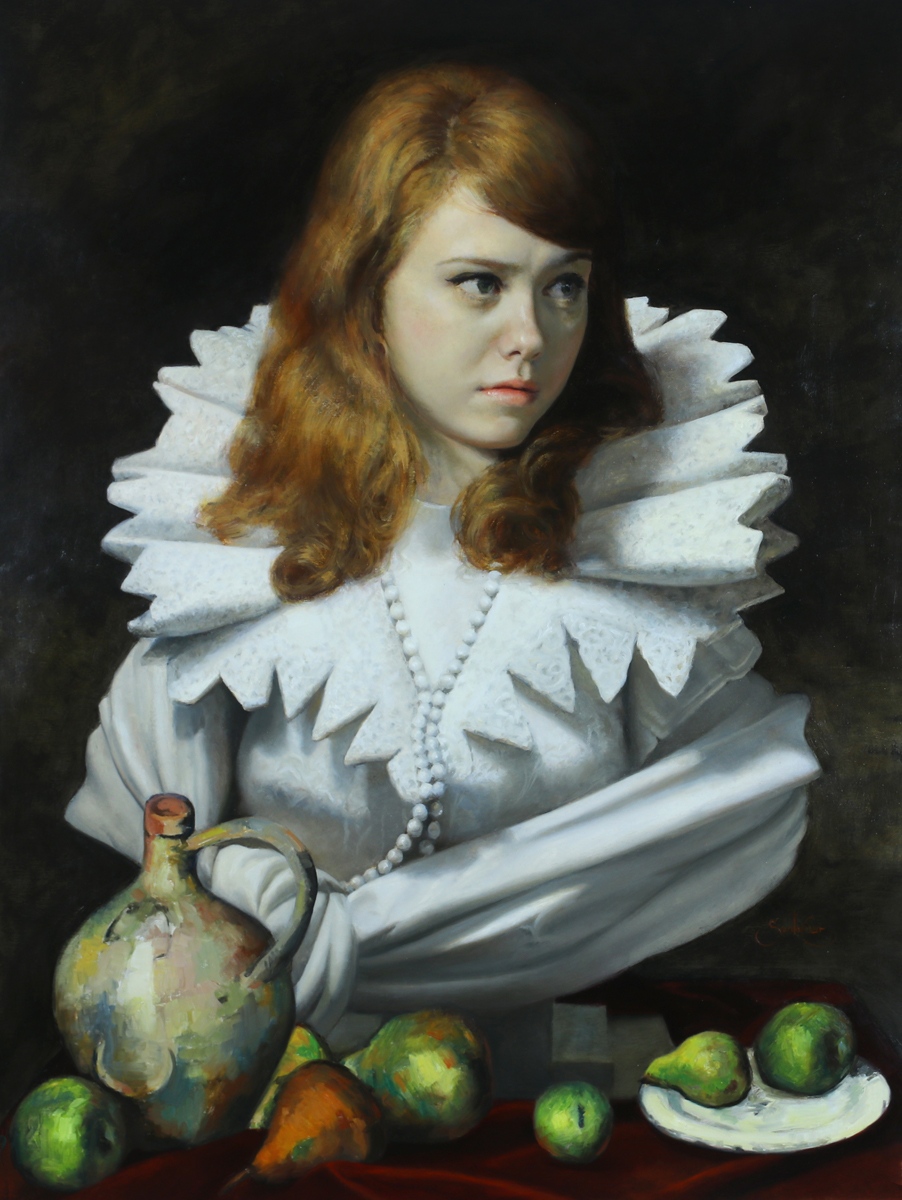
Syncretism
The blending or combining of different beliefs, cultures, or practices—especially in religion or philosophy—into a new, unified system.

Albert Eckhout’s Series of Eight Figures
A collection of life-size paintings created during the Dutch occupation of northeastern Brazil in the 17th century, documenting the colony’s diverse populations.
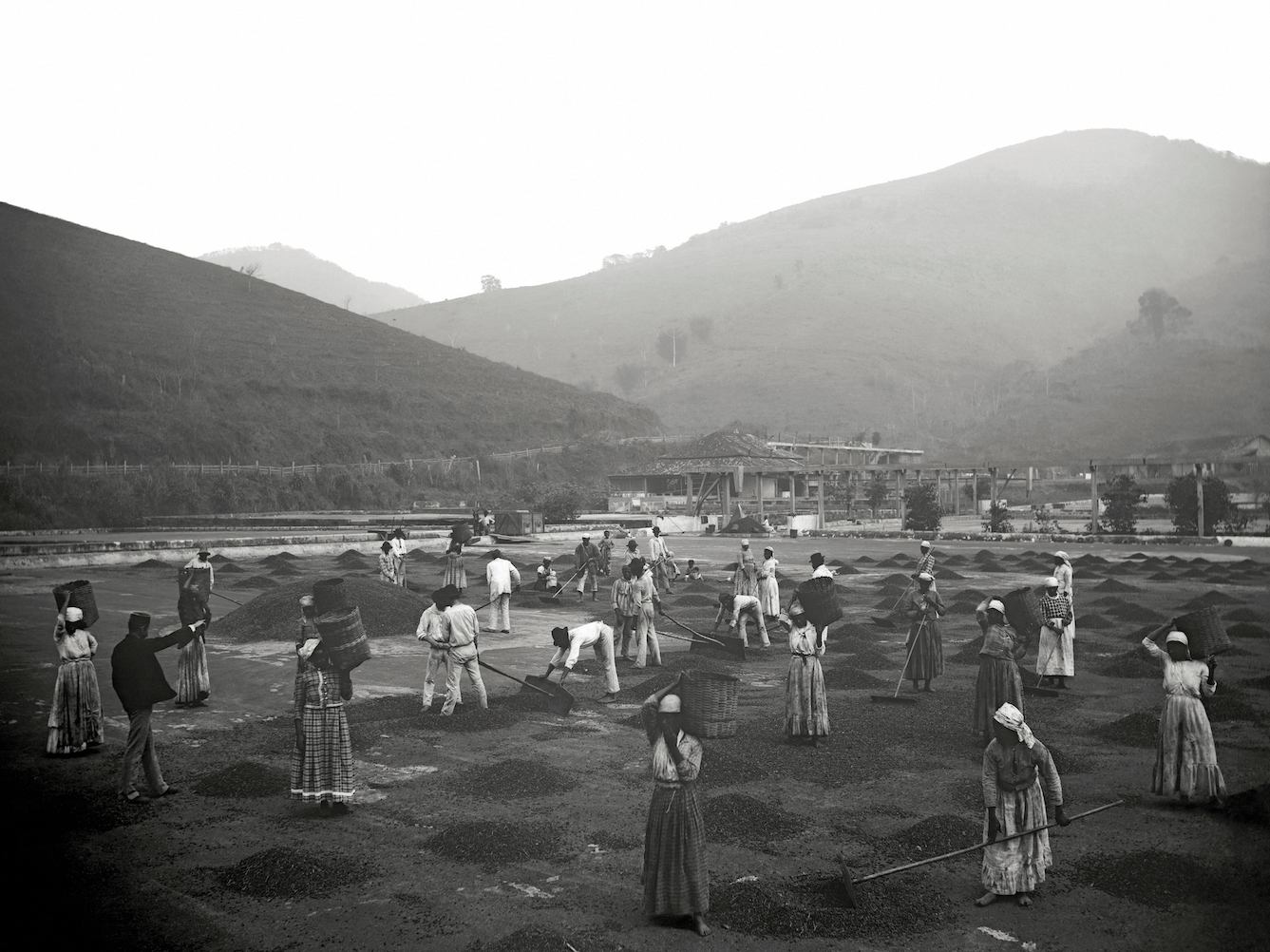
Marc Ferrez’s 'Slaves at a Coffee Yard in a Farm'
A photograph taken in 1882 showing enslaved workers on a coffee plantation in Brazil, used to promote the coffee industry.
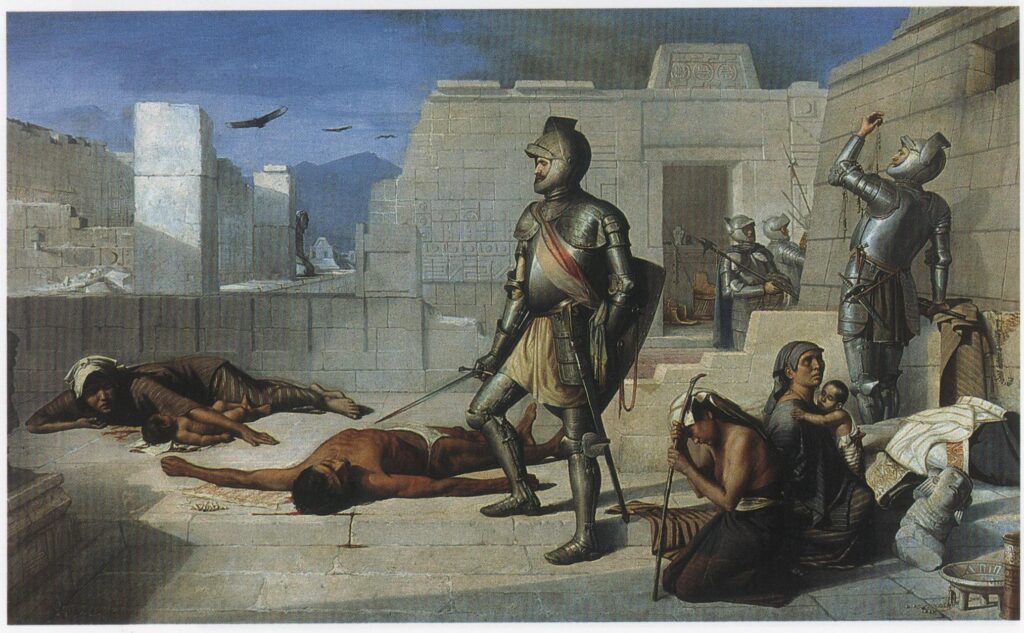
The Massacre of Cholula
An event in 1519 during the Spanish conquest of Mexico where Hernán Cortés attacked and killed many people in the city of Cholula.
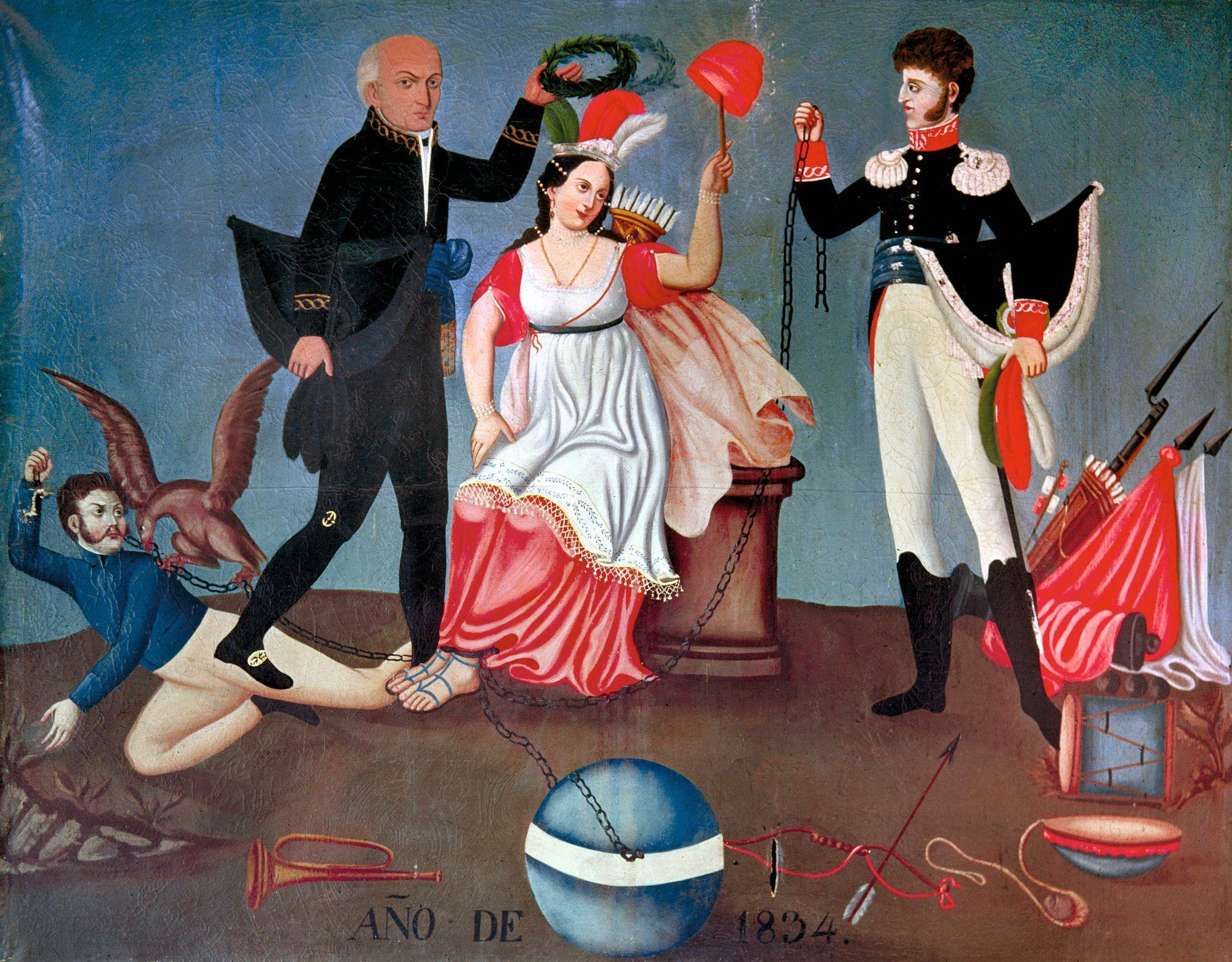
Allegory of Independence
The painting symbolically tells the story of Mexico’s independence by blending Indigenous and European imagery.
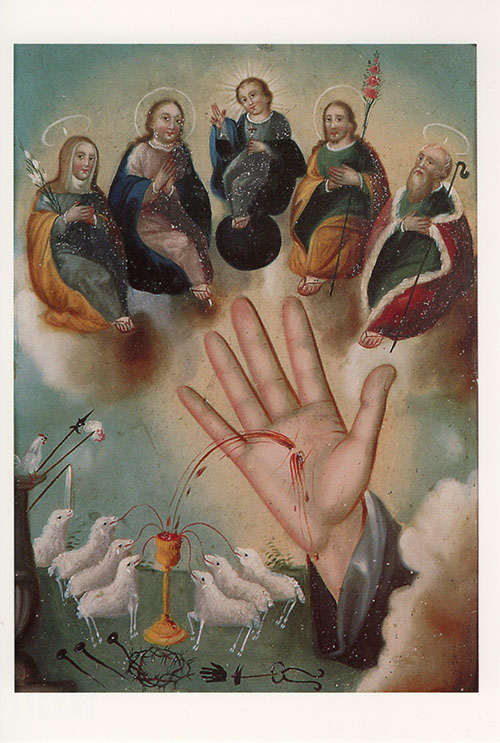
La Mano Poderosa (Retablo)
Reflects deep religious devotion in Mexican culture, symbolizing the connection between faith and everyday life; a folk art representation of God’s power used as a personal devotion object.

Our Lady of Cocharcas (Retablo)
A devotional object representing the blending of Catholic and indigenous cultures in post-colonial Mexico.

Archangel with Gun (Retablo)
Reflects the syncretic fusion of indigenous beliefs and Catholicism, showing a warrior archangel that symbolizes protection from both spiritual and worldly threats.
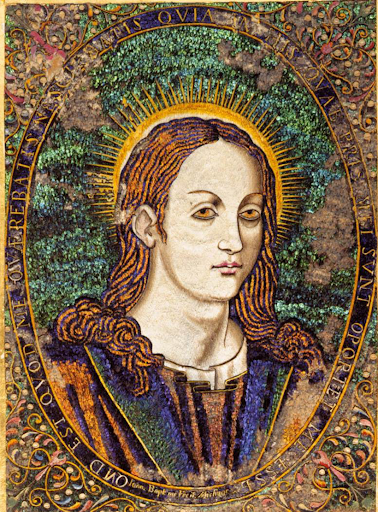
Juan Baptista Cuiris - Image of Christ Made with Feathers
Combines Catholic imagery with indigenous featherwork, an art form highly valued in pre-Columbian Mexico.
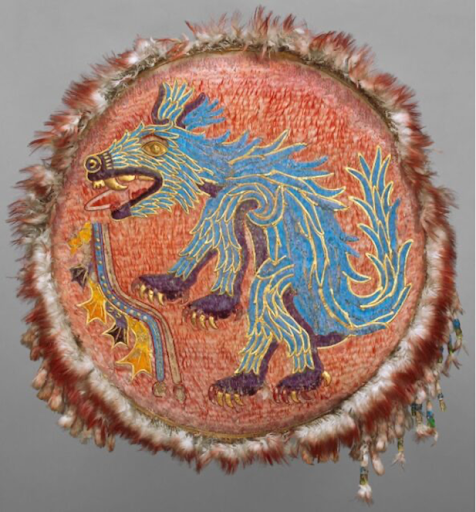
Unknown Mexica Artist - Ahuitzotl Shield (c. 1500)
Exemplifies Mexica (Aztec) artistic traditions and the importance of warrior culture in their society; a symbol of power and religious ritual.
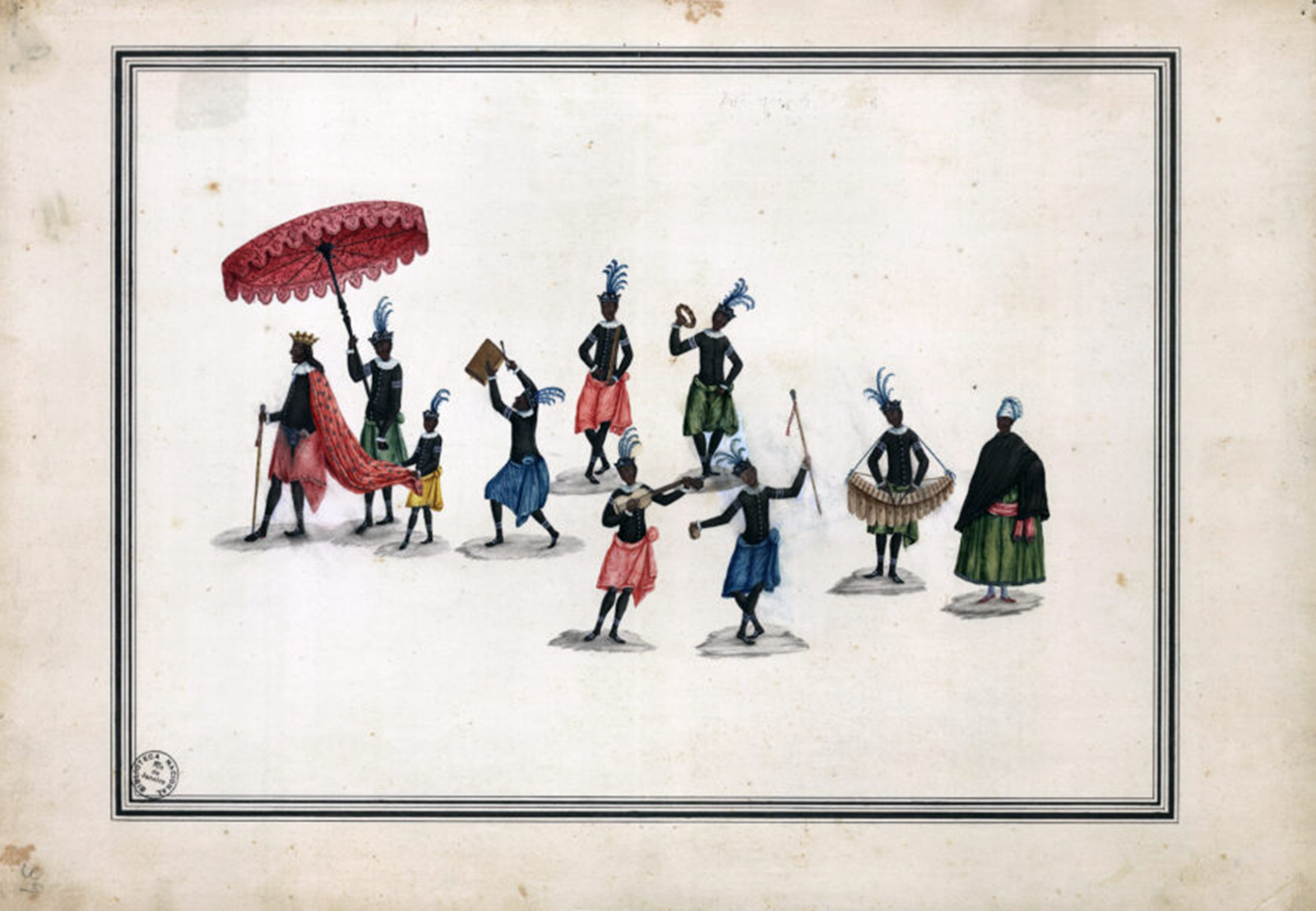
Carlos Julião - 'Black King Festival'
Illustrates the cultural diversity in Brazil, depicting the Black King Festival as a representation of Afro-Brazilian culture.
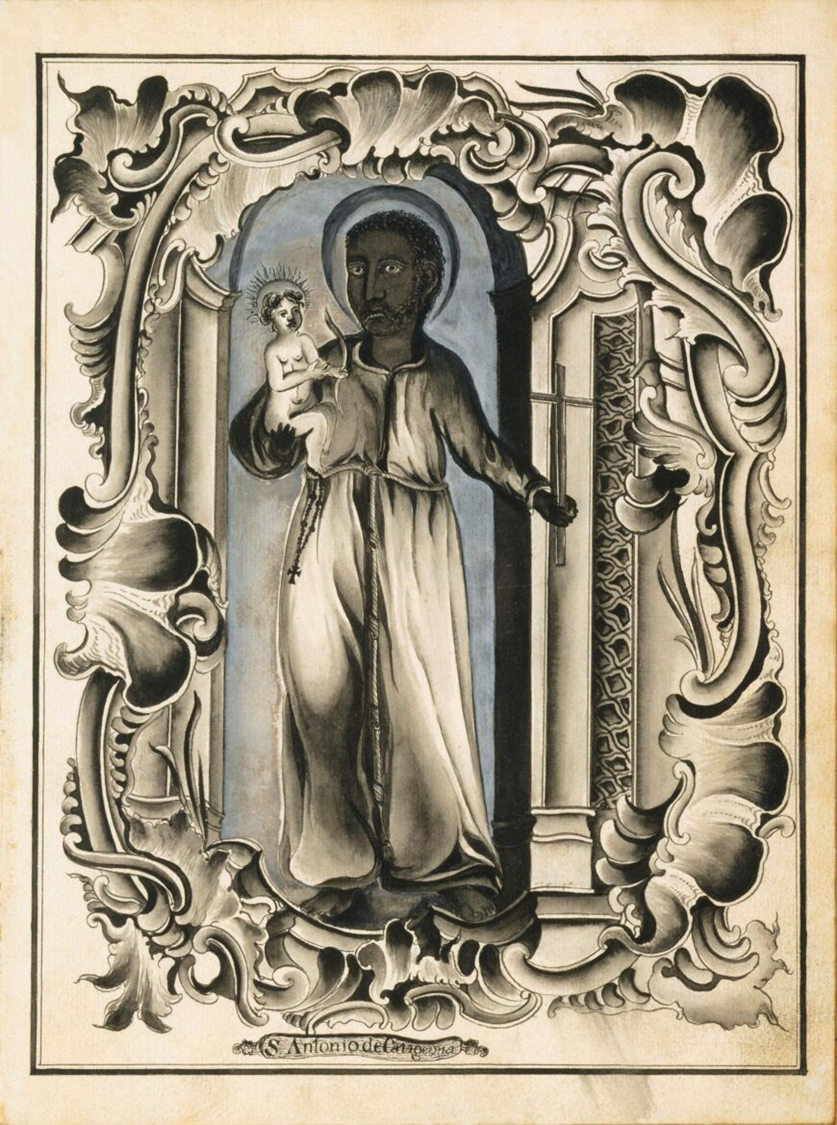
Unidentified Afro-Brazilian Artists - St. Antonio de Catagerona
A watercolor depicting Afro-Brazilian devotion to St. Anthony, showcasing the blending of African religious practices and Catholicism in Brazilian culture.
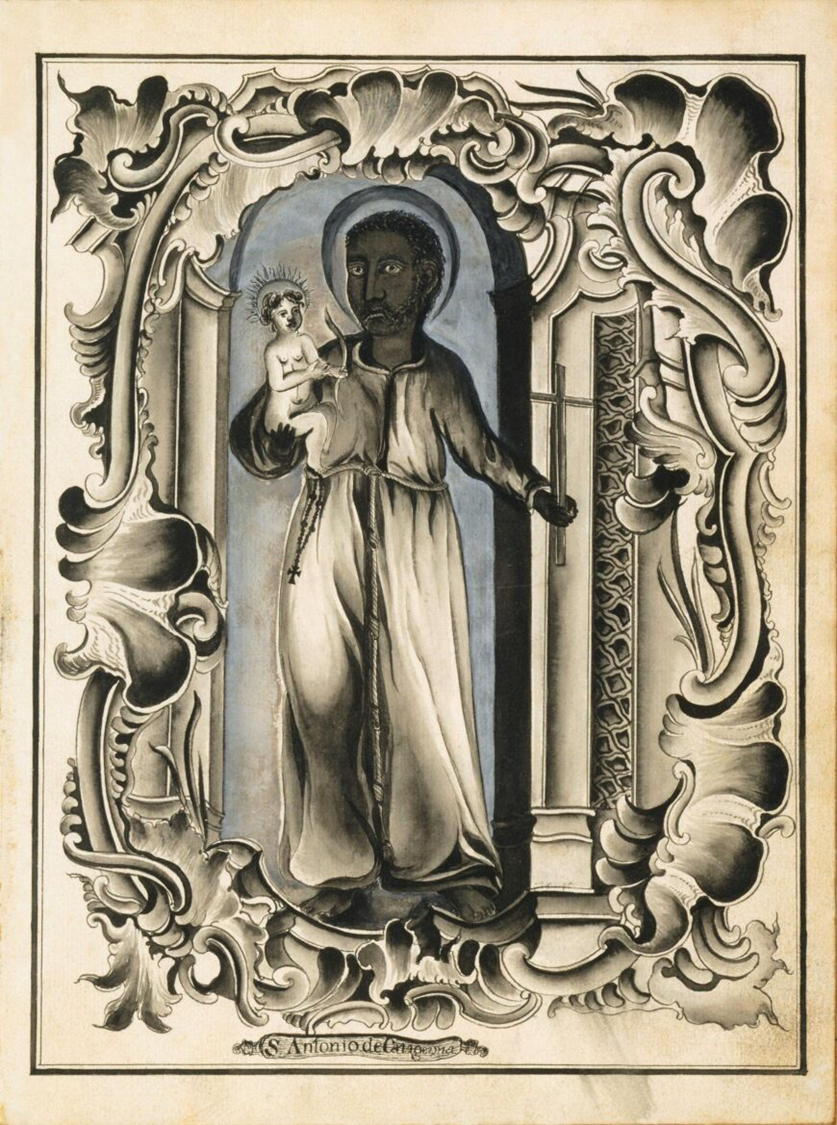
"Compromiso da Irmandade de S. Antonio de Catagerona" (Brazil, 18th century)
Depicts the formation of a brotherhood dedicated to St. Anthony, highlighting the role of religious brotherhoods in Afro-Brazilian communities.
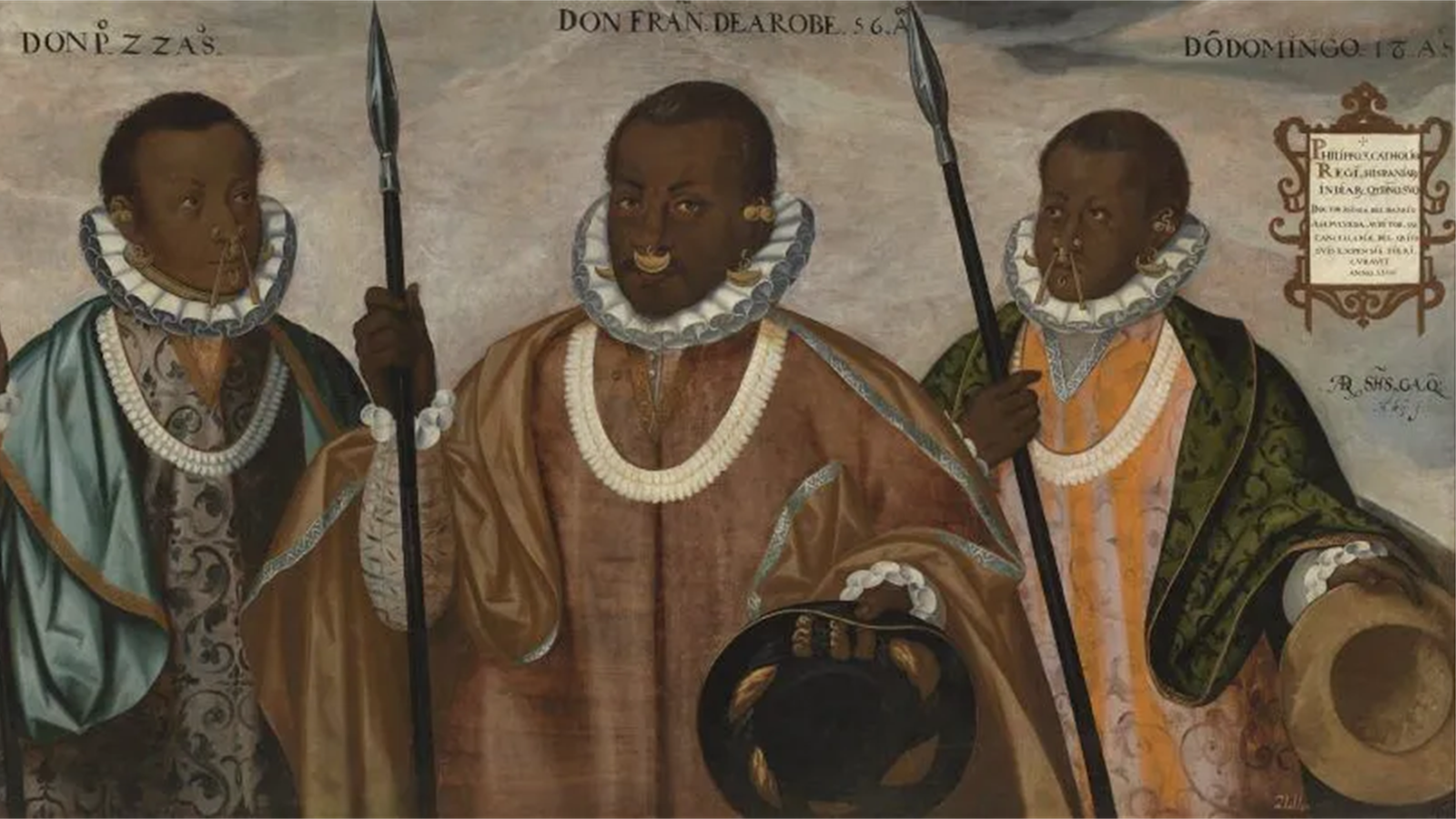
Andrés Sanchez Gallque - Three Mulatto Gentlemen of Esmeraldas (1599)
Depicts Afro-descendants in colonial Latin America, highlighting the role of race and class within society during the colonial period.

The Fortress of San Felipe (c. 1630)
A key architectural symbol in Colombia, representing both military strategy and the blend of European and indigenous construction techniques.
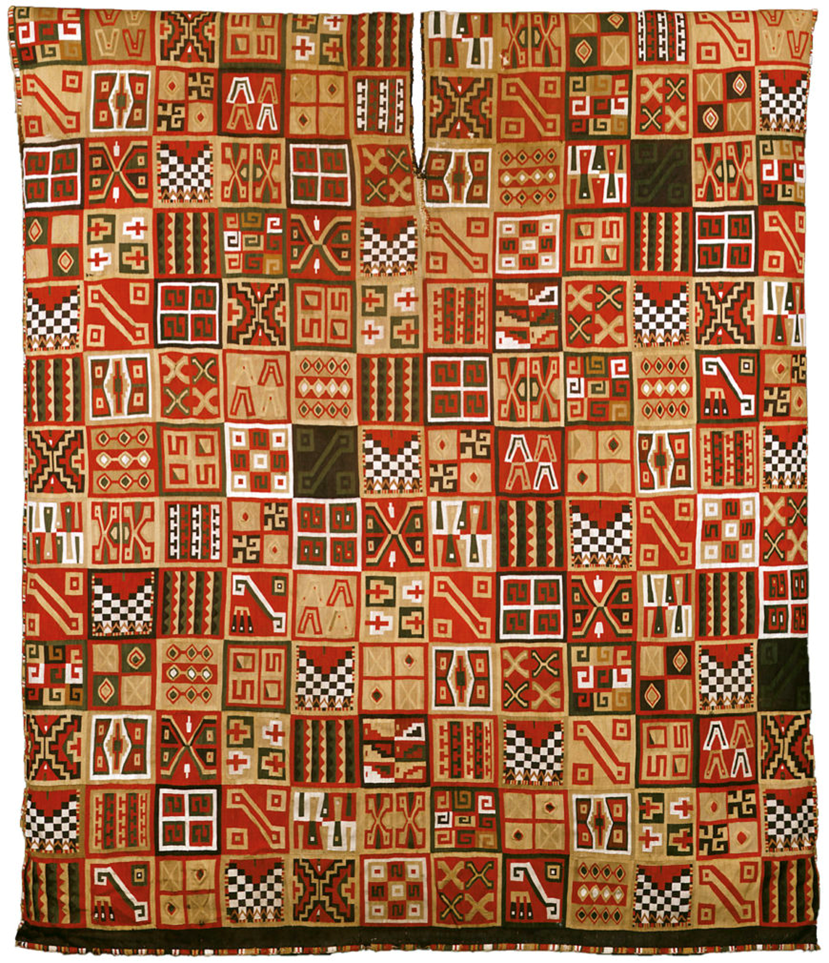
All-T’oqapu Tunic (Inka, 1450–1540)
A textile created by the Inka, symbolizing advanced weaving techniques and rich cultural heritage, signifying status and identity.
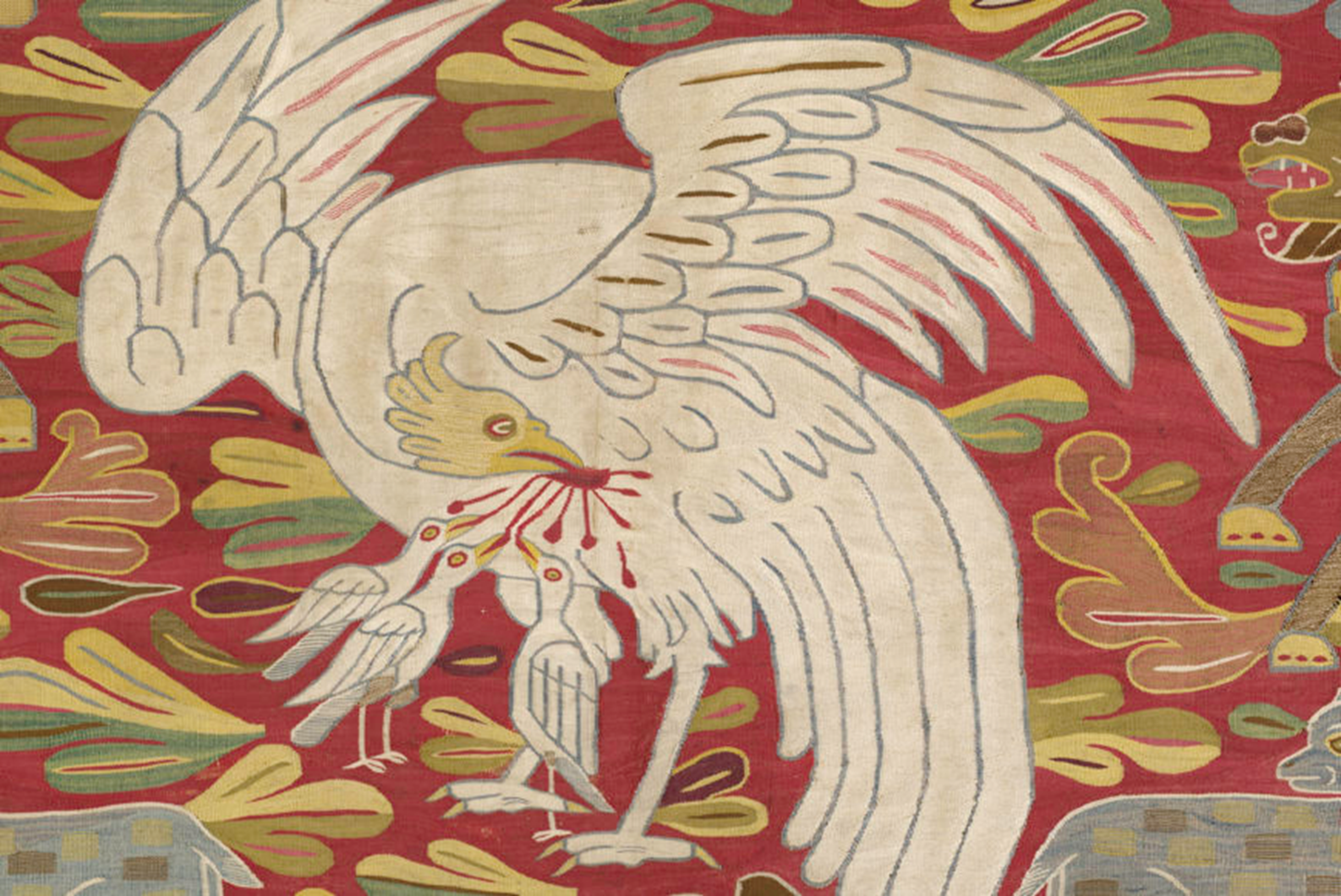
Tapestry with Pelican (Late 17th-early 18th century, Peru)
Combines European artistic influences with indigenous Andean culture, reflecting the ongoing cultural exchange in colonial Peru.
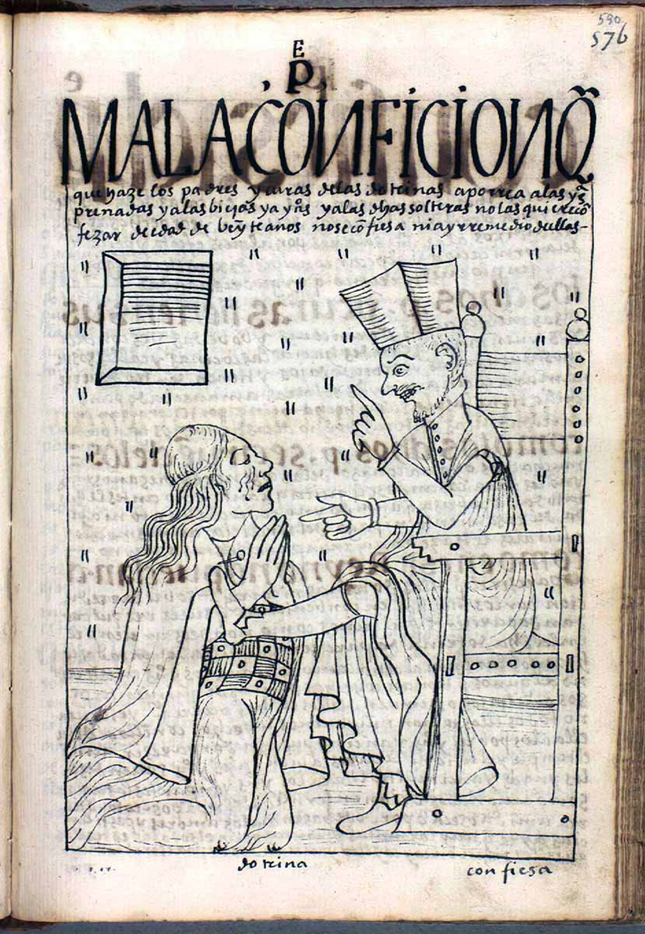
Felipe Guaman Poma de Ayala - "Bad Confession"
A critique of the Spanish colonial system, reflecting the tension between indigenous peoples and colonial authorities.
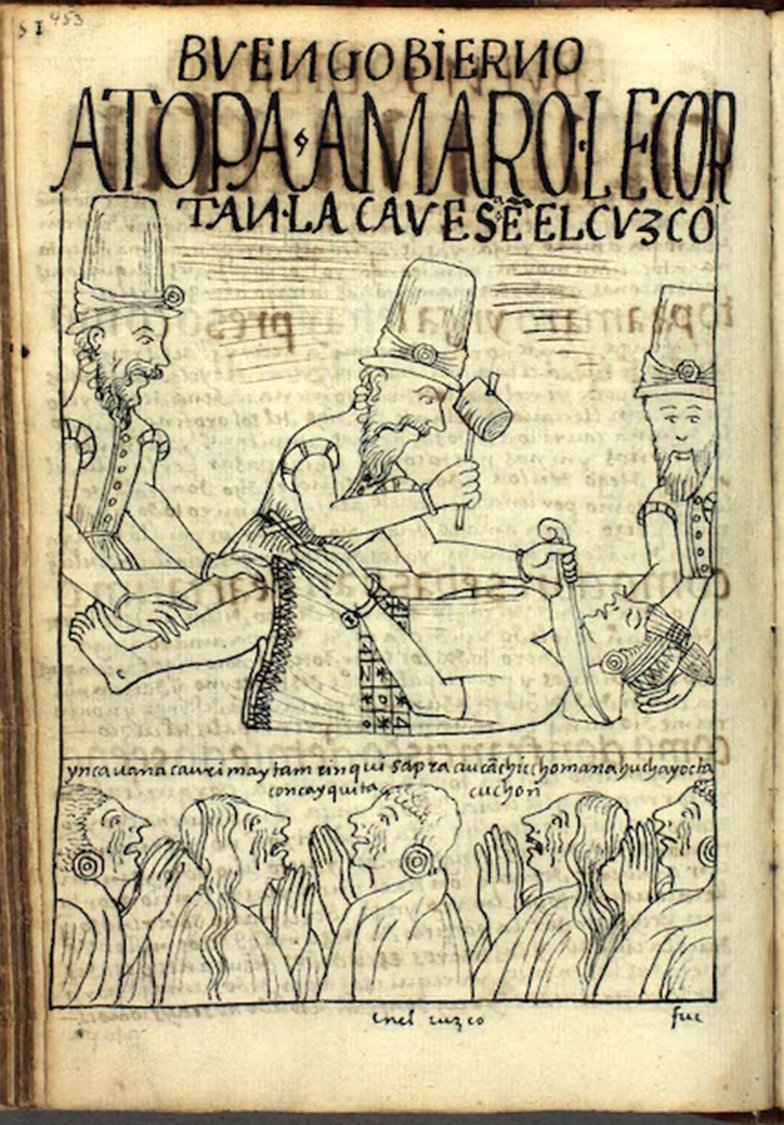
Felipe Guaman Poma de Ayala - "Execution of Tupac Amaru Inka"
Depicts the execution of Tupac Amaru, a key figure in Andean resistance, reflecting the painful loss of indigenous sovereignty and culture during the colonial period.
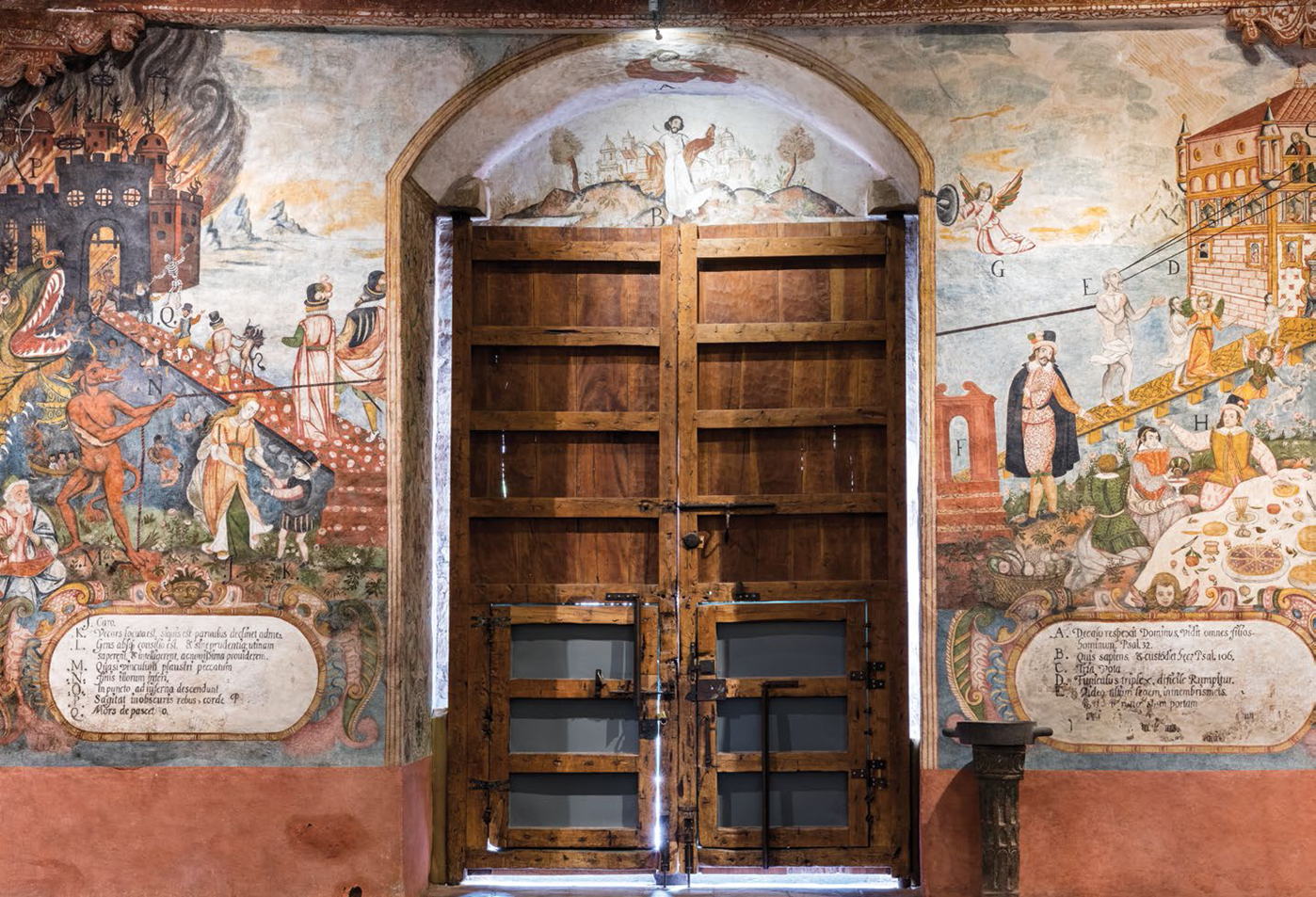
Luis de Riaño & Indigenous Collaborators - The Paths to Heaven and Hell
A depiction of religious teachings of the Catholic Church, which is a fusion of indigenous artistic traditions with Catholic doctrine.
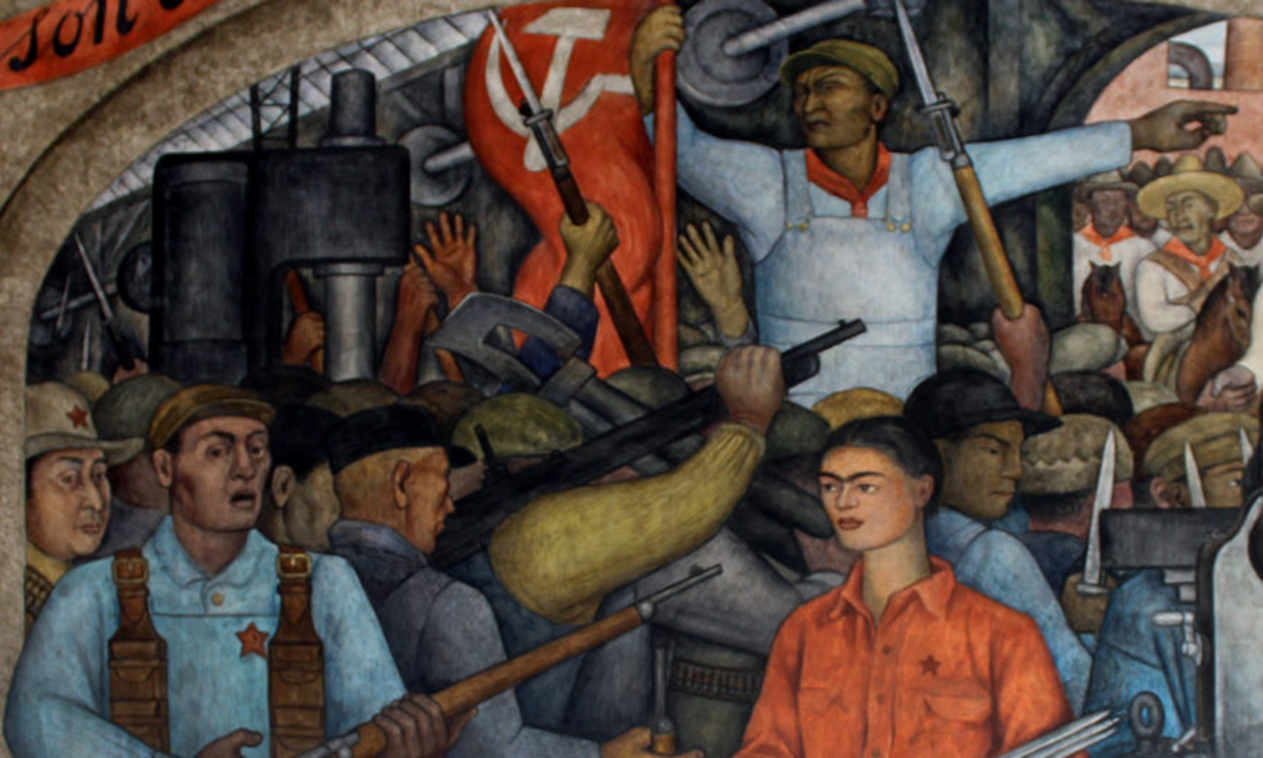
Diego Rivera - Revolutionary Soldiers
Depicts revolutionary ideals, showcasing Mexico’s journey to self-determination; the image of soldiers signifies the unity of the Mexican people in fighting for justice.
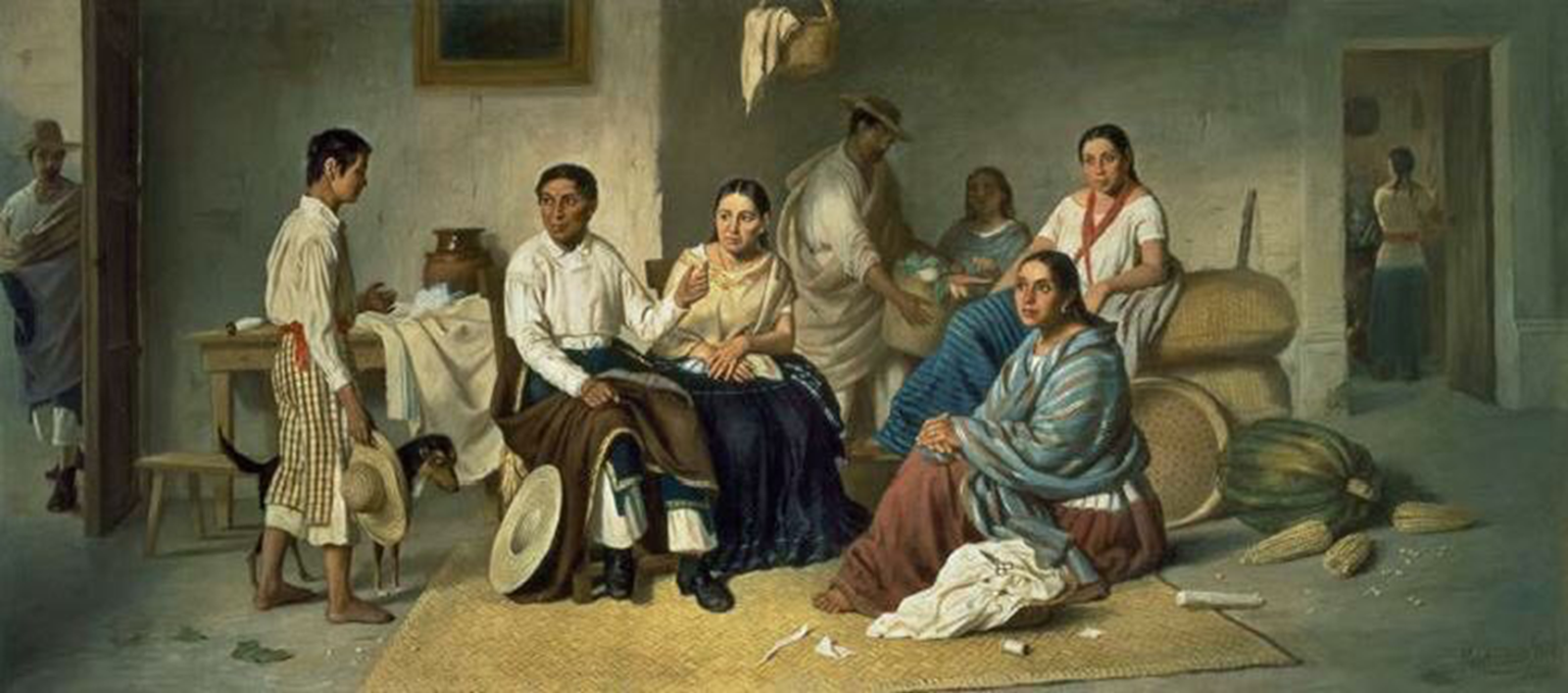
Felipe Santiago Gutiérrez - La Despedida del Joven Indio (The Young Indian’s Farewell), 1876
Depicts an indigenous farewell to an emerging Mexican identity post-revolution, reflecting the complexities of Mexico's indigenous heritage.
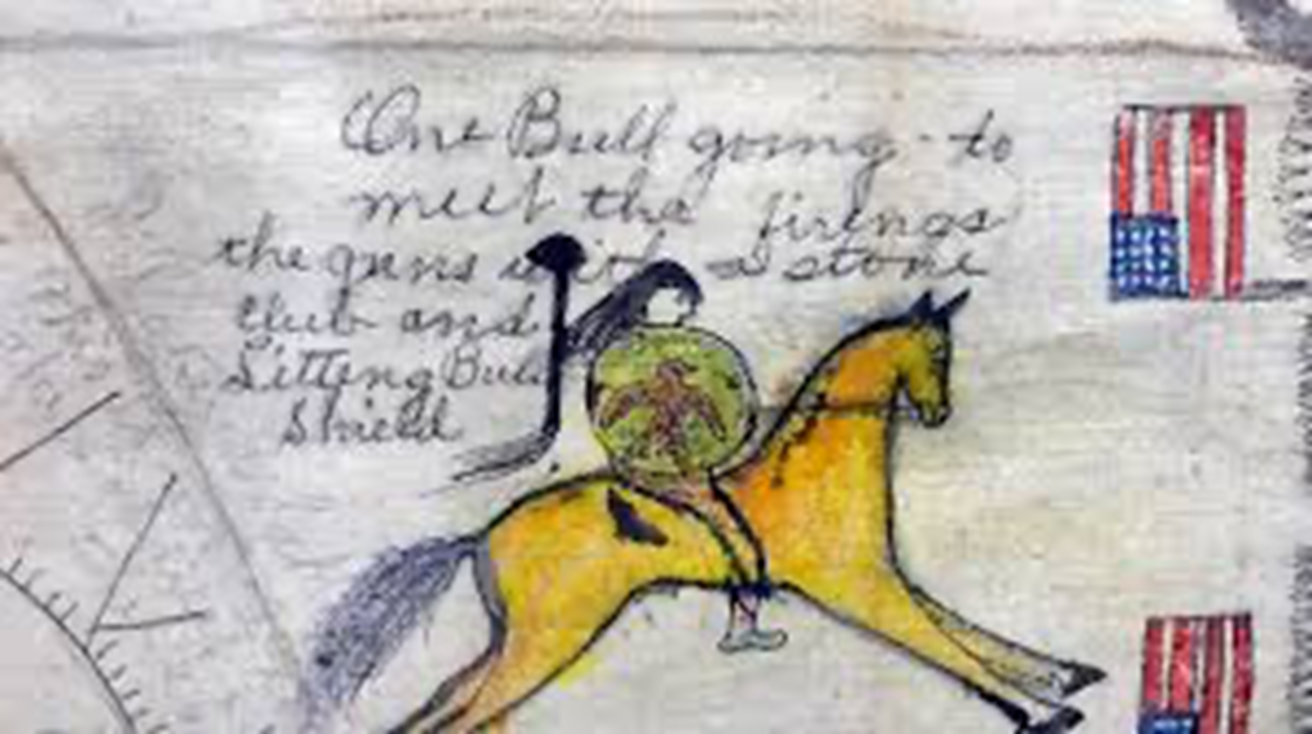
Henry Oscar One Bull (Tȟatȟáŋka Waŋžíla) - Custer’s War, c. 1900
A painting that responds to the violent clashes between the U.S. government and Native American tribes, reflecting the lasting impact of these historical events on Native identity.
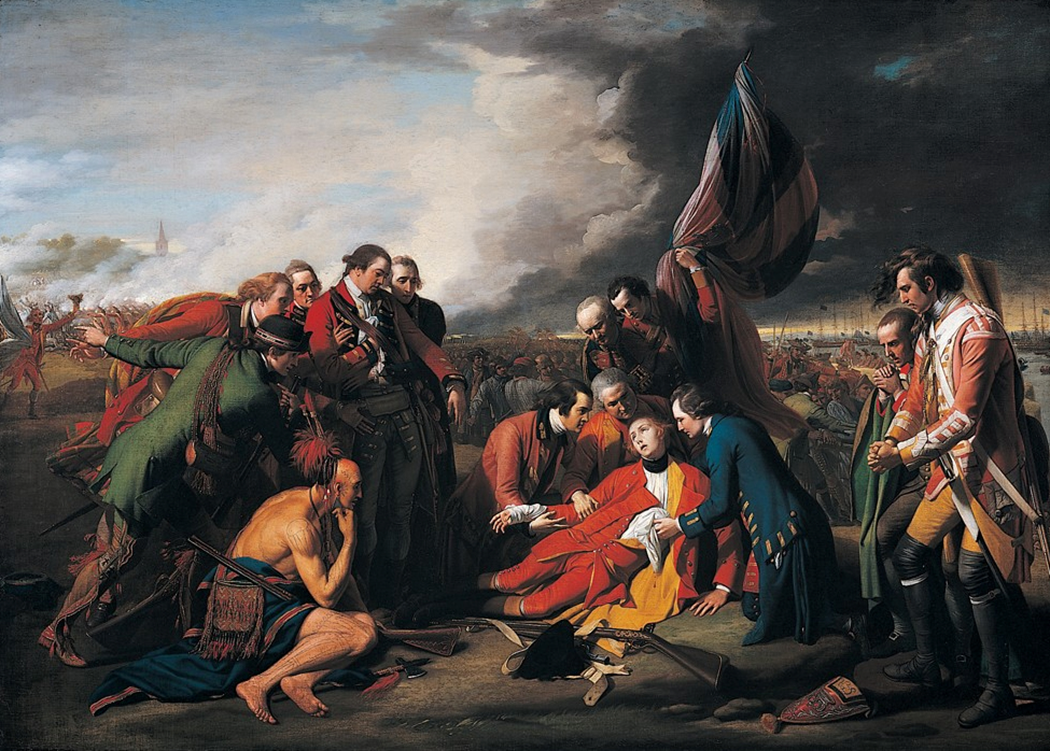
Benjamin West - The Death of General Wolfe, 1771
A portrayal of Wolfe as a Christ-like martyr that reshapes historical events, presenting the death of General Wolfe as a noble sacrifice.
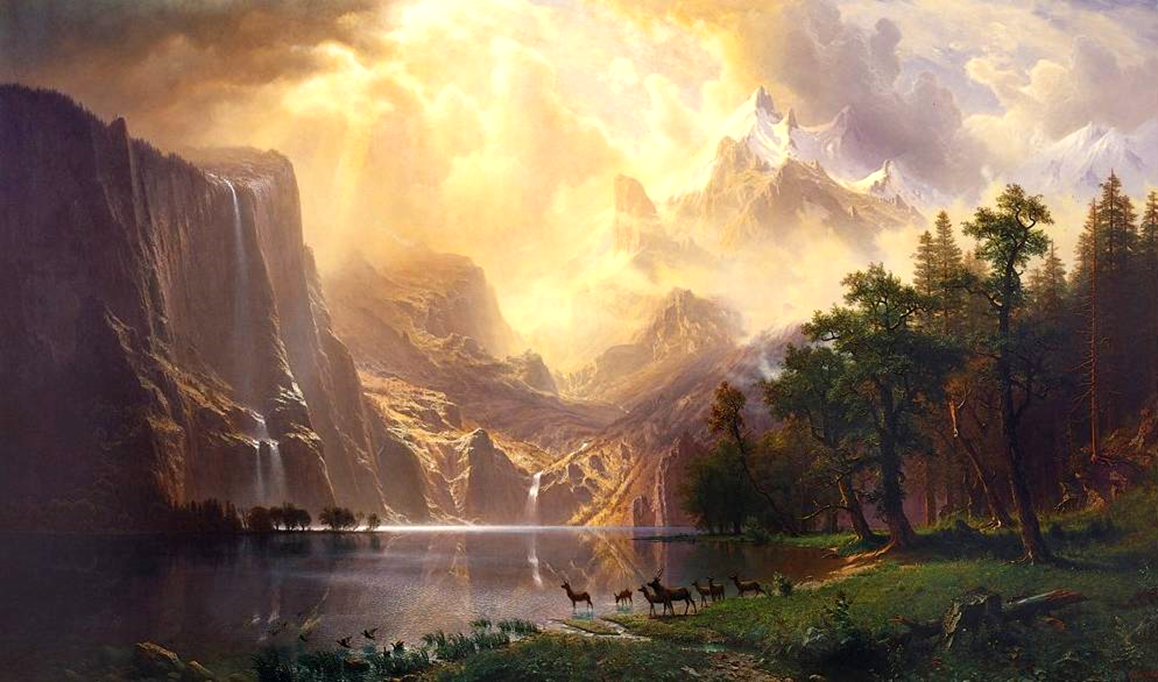
Albert Bierstadt - Among the Sierra Nevada Mountains, California, 1868
Depicts the American West embodying the romanticization of the natural landscape.

John Wesley Jarvis - Black Hawk and His Son Whirling Thunder, 1833
Highlights the figure of Black Hawk, a leader of the Sauk tribe, and the trauma faced by indigenous people during the 19th century.